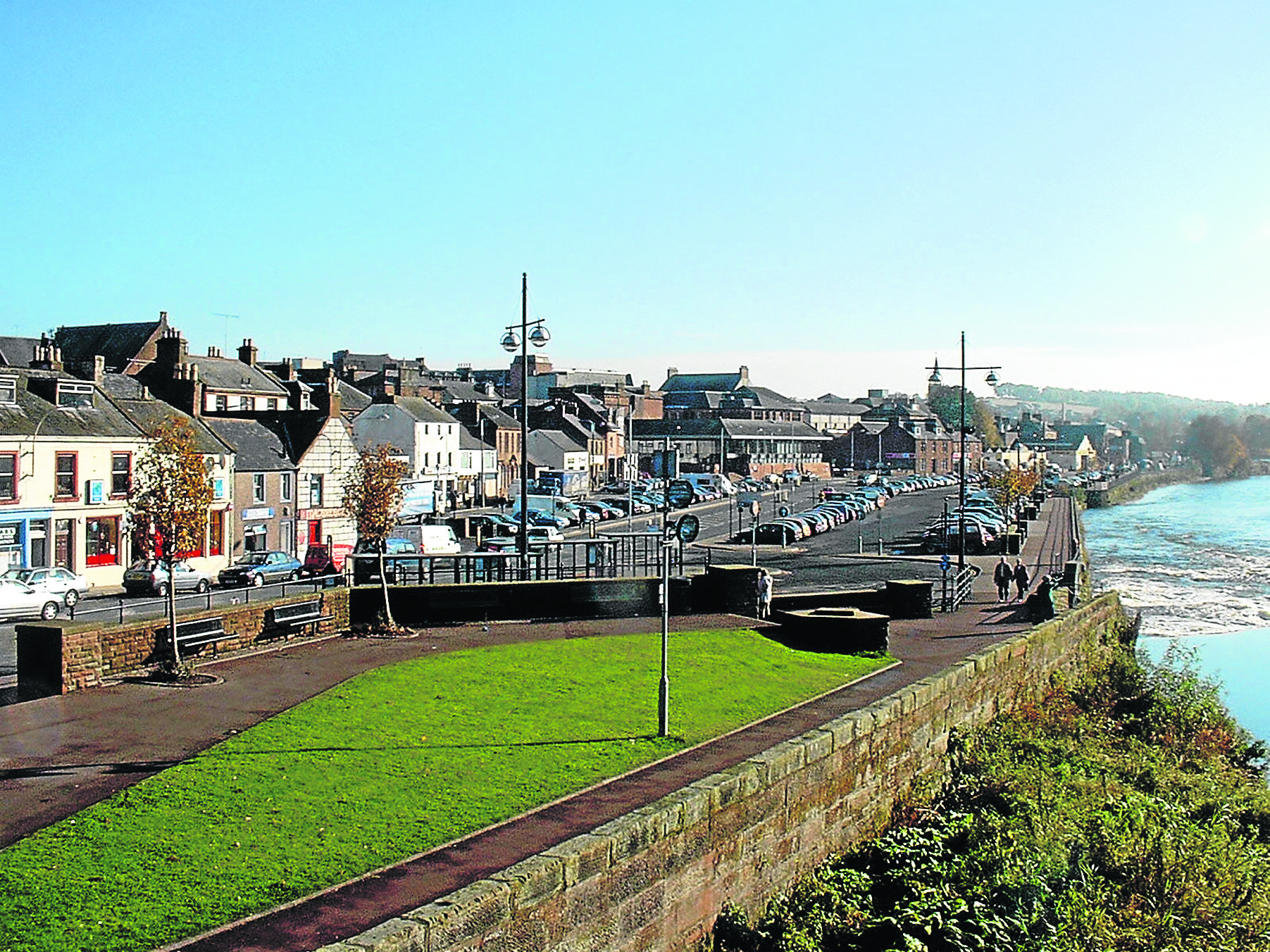AN outbreak of a plague visited Dumfries in 1831-2 with disastrous results.
It was thought to have come in on ships from Hamburg and was known as Indian or red cholera.
And Dumfries was the most affected place in Scotland, with Dr JA Russell writing about it in an article entitled ‘Journal of a Plague Year, 1832’, saying a 20th of the town’s inhabitants died as a result.
It was printed in the Dumfries and Galloway Review’s June 1948 issue.
The author signposts readers to St Michael’s Churchyard where there is a “grim reminder of the loathsome outbreak” on the west wall. A mass grave, known locally as The Cholera Mound, is in situ, said to contain the majority of the victims, with inscription records stating over 420 people are buried there. It describes how they were “suddenly swept away by the memorable invasion of Asiatic cholera”.
Dr Russell shares information from a history of Dumfries by McDowall, which reveals that the town’s Board of Health met on March 15 1832 after a warning note was sounded in England.
Agreeing that Dumfries was too exposed to a plague in its current state, they agreed to cleanse the poorest houses with hot lime, supply soup and nourishing foods to the most vulnerable people, and to put congested tenements in the old closes into better order.
By July that year the disease was close, with cases reported in the Carlisle area.
Dr Russell said: “For two weeks more it lingered about the district, then fell with all its venom upon Dumfries itself.”
A Mrs Paterson was the first sufferer: a widow living in English Street, she took ill on September 15 and died the next day. Two of her neighbours immediately succumbed and in the ensuing week, there were several fatalities.
“An average of one death per day, however, was not considered very alarming, all things considered,” writes Dr Russell.
“The inhabitants flattered themselves that the visitation would prove slight. But this hope was soon discovered to be ill-founded for on the 23rd, a Sunday, the malady broke out with real virulence, both in the already infected districts of Dumfries and also in the separate burgh of Maxwelltown.”
He continued: “From this day the disorder spread with ever-increasing rapidity, and the inhabitants realised disarmingly that the dreaded scourge was in their midst.”
Rood Fair Week was duly cancelled, with the celebratory parades replaced by funeral processions.
It continued to rage through October, with 21 deaths recorded in a day at its peak.
A special cholera hospital was set up in an old granary at the bottom of English Street, described as “a poor, miserable place”. It soon became “hopelessly overcrowded” with a resulting intensification of the disease and no chance of recovery for inpatients.
The High School closed and was used to house families fleeing ravaged homes.
The authorities tried various things to combat it, including burning great quantities of tar and pitch in the streets, to no avail.
Many also believed the weather was conspiring to keep illness in the town, with a thick cloud refusing to clear for weeks.
Finally, the last fatality was recorded on November 27. The full death toll was 422, out of 8000 residents for Dumfries, and 127 in Maxwelltown, where it carried on to December 31.
Dr Russell concluded: “Through all sections of the town went on the dance of death and with equally dire consequences.”






















